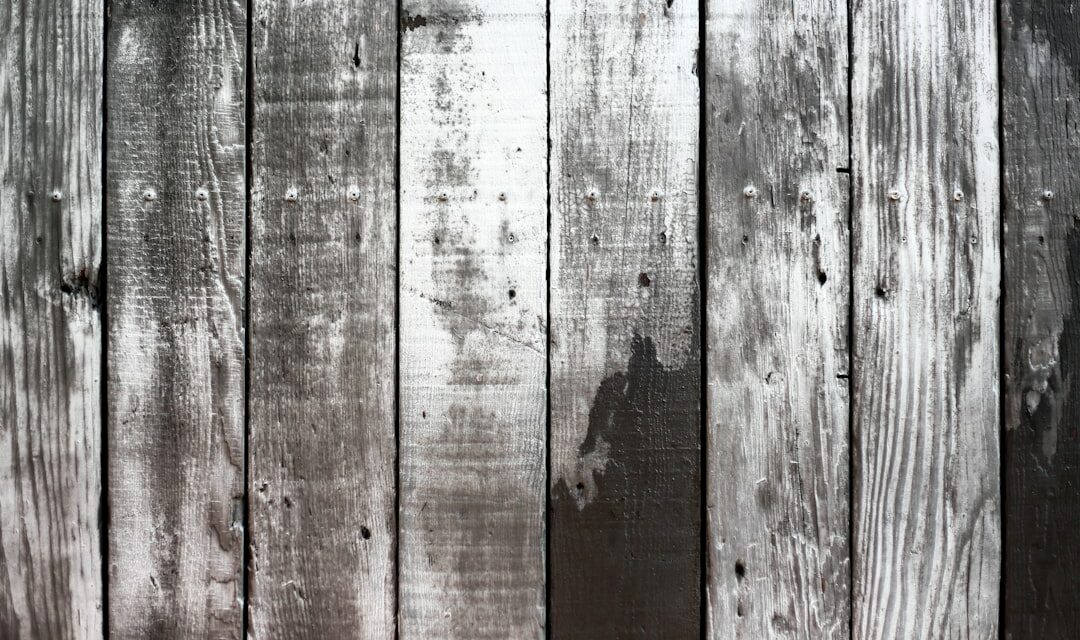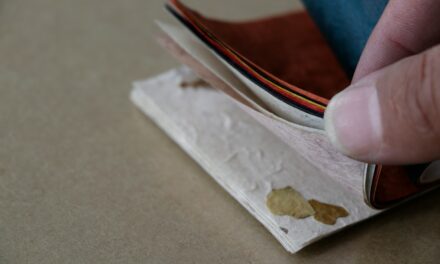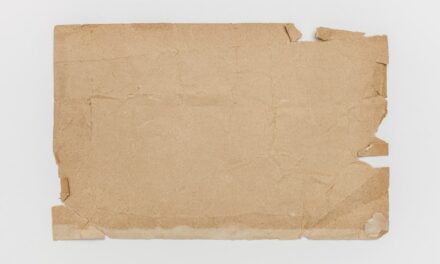Distressing is a creative technique employed to give objects, particularly furniture and textiles, an aged or weathered appearance. This method is often used in the realms of art and design to evoke a sense of nostalgia or to convey a story through the visual language of wear and tear. The process involves intentionally creating imperfections, such as scratches, dents, and faded colours, which can transform a new item into something that appears to have a rich history.
Distressing can be applied to various materials, including wood, metal, and fabric, allowing artists and craftsmen to explore a wide range of aesthetic possibilities. The allure of distressing lies in its ability to imbue objects with character and depth. Rather than presenting a pristine surface that may feel sterile or uninviting, distressed items often invite closer inspection and appreciation.
This technique can be particularly appealing in home décor, where the charm of vintage or rustic elements can create a warm and inviting atmosphere. By embracing the beauty of imperfection, distressing encourages a more personal connection between the viewer and the object, making it a popular choice among artisans and hobbyists alike.
Summary
- Distressing is the process of intentionally aging or weathering materials to give them a worn or vintage appearance.
- The history of distressing can be traced back to ancient times when people used natural elements to weather and age materials.
- Materials and tools for distressing include sandpaper, paint, stain, and various distressing tools such as hammers and chains.
- Techniques for distressing include sanding, staining, painting, and using distressing tools to create a weathered look.
- Distressing can be incorporated into various art forms such as furniture making, painting, and crafting to add character and depth to the finished piece.
History of Distressing
The practice of distressing has roots that can be traced back through various cultures and historical periods. In antiquity, artisans would often create items that appeared aged or worn to reflect the value of craftsmanship and the passage of time. For instance, in ancient Rome, furniture was sometimes intentionally weathered to mimic the look of more expensive, aged materials.
This practice was not merely aesthetic; it also served to highlight the skill of the craftsman who could create such effects through careful manipulation of materials. As time progressed, the concept of distressing evolved alongside changing artistic movements. During the Renaissance, for example, artists began to explore the interplay between light and shadow, often incorporating techniques that would later influence the way distressing is perceived.
The Industrial Revolution brought about mass production, which led to a renewed interest in handcrafted items that showcased individuality and character. In the 20th century, the rise of the shabby chic movement popularised the idea of distressing as a deliberate artistic choice, celebrating imperfections as a form of beauty in its own right.
Materials and Tools for Distressing

To effectively execute distressing techniques, one must be familiar with the various materials and tools that can be employed. Wood is perhaps the most common medium for distressing, as it is both versatile and forgiving. Different types of wood can yield distinct results; for instance, softer woods like pine are more susceptible to dents and scratches, while hardwoods like oak may require more effort to achieve a similar effect.
Additionally, paints and stains play a crucial role in the distressing process, as they can enhance or diminish the appearance of wear depending on their application. In terms of tools, a variety of implements can be used to achieve different distressing effects. Sandpaper is essential for smoothing surfaces and creating worn edges, while chisels and gouges can be employed to carve out deeper imperfections.
For those looking to add texture or simulate age, wire brushes or scrapers can be effective in creating a weathered look. Furthermore, techniques such as dry brushing or sponging can be used to apply paint in a way that mimics the natural fading that occurs over time. Understanding how to select and utilise these materials and tools is fundamental for anyone looking to master the art of distressing.
Techniques for Distressing
There are numerous techniques that can be employed when distressing an object, each offering unique results that cater to different artistic visions. One popular method is sanding, which involves using sandpaper to wear down specific areas of a surface. This technique can create a subtle effect that mimics natural wear over time.
By focusing on edges and corners where wear would typically occur, an artist can achieve a realistic distressed look that enhances the overall character of the piece. Another effective technique is the use of paint layering combined with strategic removal. This method involves applying multiple layers of paint in contrasting colours and then selectively sanding or scraping away certain areas to reveal the underlying layers.
This not only adds depth but also creates an intriguing visual narrative that suggests history and use. Additionally, techniques such as staining with tea or coffee can impart an aged patina to wood surfaces, further enhancing the distressed effect. Each technique offers its own set of possibilities, allowing artists to experiment and find their unique style within the realm of distressing.
Distressing in Different Art Forms
Distressing is not limited to furniture or home décor; it has found its way into various art forms, each adapting the technique to suit its medium. In painting, for instance, artists may use distressing techniques to create textured backgrounds that evoke feelings of age or decay. By layering paint and then scraping or sanding back certain areas, they can achieve a sense of depth that draws viewers into their work.
This approach is particularly prevalent in mixed media art, where different materials are combined to create complex visual narratives. In textile arts, distressing takes on a different form through techniques such as fraying or fading fabrics. Artists may intentionally wear down edges or use dyes that mimic natural fading caused by sunlight exposure over time.
This not only adds visual interest but also tells a story about the life of the fabric itself. Similarly, in metalwork, artists may employ techniques like patination or rusting to create an aged appearance on metal surfaces. Each art form interprets distressing through its unique lens, showcasing the versatility and adaptability of this technique across creative disciplines.
Tips and Tricks for Distressing

Planning Your Approach
For those embarking on their journey into distressing, there are several tips and tricks that can enhance the process and outcomes. Firstly, it is essential to plan your approach before diving in; consider what kind of look you wish to achieve and which techniques will best serve your vision. Experimentation is key—try out different methods on scrap materials before applying them to your final piece.
Embracing Imperfection and Experimentation
This will not only build your confidence but also help you discover which techniques resonate with your artistic style. Another important tip is to embrace imperfection. The beauty of distressing lies in its unpredictability; sometimes the most striking results come from happy accidents. Allow yourself the freedom to make mistakes and learn from them rather than striving for perfection.
Techniques for Added Depth
Additionally, consider using contrasting colours when layering paint; this will create more depth when you sand back certain areas. This technique can add an extra dimension to your work and create a more visually appealing finish.
Subtlety is Key
Finally, remember that less is often more—start with subtle distressing techniques and gradually build up until you achieve your desired effect. By doing so, you can avoid over-distressing and create a more balanced, refined finish.
Common Mistakes to Avoid in Distressing
While distressing can be an enjoyable and rewarding process, there are common pitfalls that beginners should be aware of to ensure successful outcomes. One frequent mistake is overdoing it; applying too much distressing can lead to an artificial appearance that detracts from the intended aesthetic. It’s important to strike a balance between creating an aged look while still maintaining some integrity in the piece.
A good rule of thumb is to start with light distressing and gradually increase intensity as needed. Another common error is neglecting surface preparation before beginning the distressing process. Failing to properly clean or sand surfaces can result in uneven application of paint or finishes, leading to unsatisfactory results.
Additionally, not considering the final use of the item can lead to issues down the line; for example, if a piece will be frequently handled or exposed to moisture, it may require additional sealing or protection after distressing. By being mindful of these potential mistakes, artists can enhance their skills and produce more polished results.
Incorporating Distressing into Your Art
Incorporating distressing into your artistic practice opens up a world of creative possibilities that celebrate imperfection and history. Whether you are working with furniture, textiles, or other mediums, understanding the principles behind distressing allows you to infuse your work with character and depth that resonates with viewers on an emotional level. The journey into distressing is not merely about achieving a specific look; it is about embracing a philosophy that values storytelling through visual cues.
As you explore this technique further, remember that each piece you create will carry its own unique narrative shaped by your choices and experiences as an artist. By experimenting with various materials and techniques while remaining open to unexpected outcomes, you will develop your own distinctive style within the realm of distressing. Ultimately, this practice encourages a deeper connection between artist and audience—one that celebrates the beauty found in life’s imperfections and invites appreciation for the stories embedded within each creation.
If you’re intrigued by the art technique of distressing and its unique ability to add character and a sense of history to artworks, you might also find interest in exploring different art movements that embrace unique stylistic approaches. For instance, Post-Impressionism, which is a fascinating period in art history that followed the Impressionist movement, delves into more symbolic and emotional expression through art. You can learn more about this compelling era by reading An Introduction to Post-Impressionism, which offers insights into how artists during this period pushed the boundaries of Impressionism to create more personalised and abstract forms.




